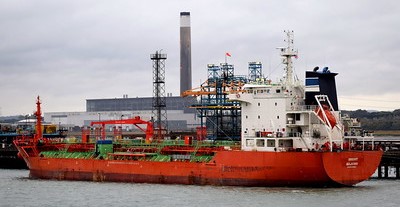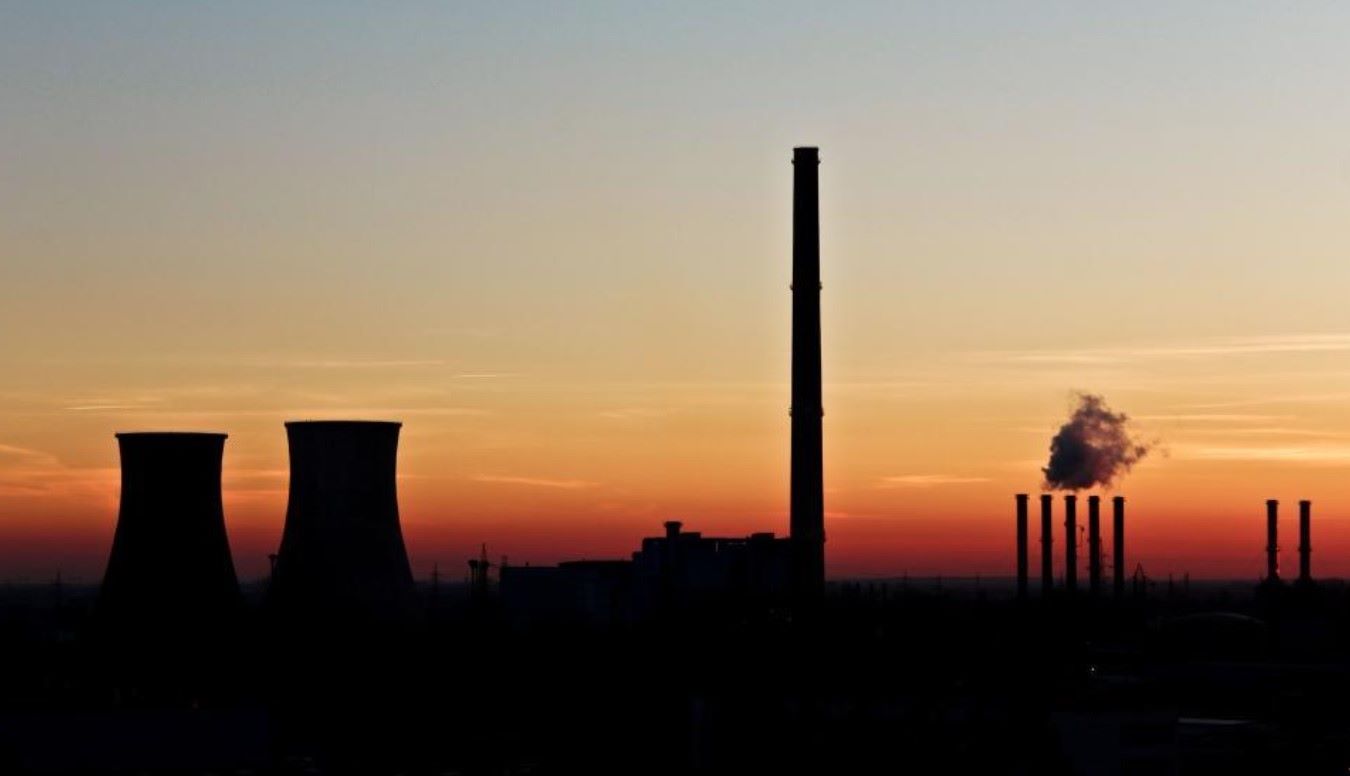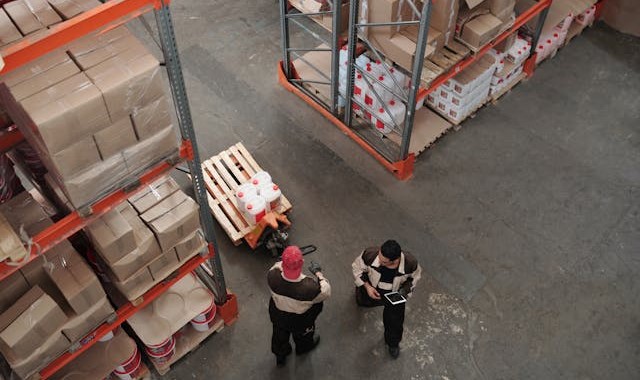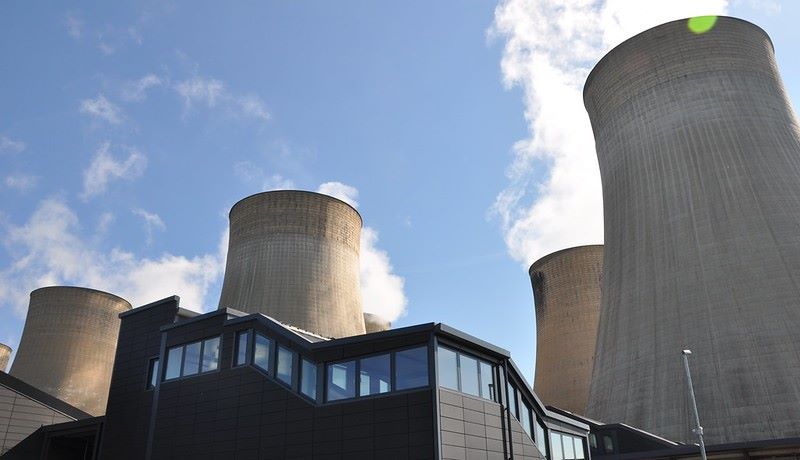-
How Trump’s Chemicals’ Policy is Impacting the Global Industry
 Continue Reading
Continue ReadingAs promised, President Donald Trump has thrown much into turmoil as he sets about resetting American politics and international relations to how he sees best.
For the chemical industry this has been a major shift in policy from the Biden and Obama Administrations. Most recently and most notably has been Trump’s signing of a two-year rollback of key EPA regulations from July 18th 2025. The policy change is designed to offer regulatory relief to chemical manufacturers, as well as coal plants and iron-ore facilities, as part of his America First outlook on the world.
It is a policy shift which may ease compliance costs for American chemical producers but sees the global chemical trade now facing a more volatile and fragmented regulatory landscape—made more complex by rising tariff tensions.

The rollback reinstates pre-2021 emission standards, lifting enforcement of stringent Biden-era clean air rules. Specifically, chemical producers are now more likely to be exempt from limits on pollutants such as mercury, arsenic, benzene, and other hazardous air toxics.
The changes are administered via an automated compliance waiver tool—derisively dubbed a “polluters’ portal” by environmental watchdogs.
“President Trump just signed a literal free pass for polluters,” says John Walke, clean air director for the Natural Resources Defense Council. “If your family lives downwind of these plants, this is going to mean more toxic chemicals in the air you breathe.”
In its report on earlier rollbacks, an Associated Press examination concluded that, “The rules targeted by the EPA could prevent an estimated 30,000 deaths and save $275 billion each year they are in effect.” In drawing these conclusions, “The AP review included the EPA’s own prior assessments as well as a wide range of other research.”
For the American chemical industry, the immediate effect is clear: reduced compliance costs for U.S.-based chemical manufacturers, especially those producing chlorine, vinyl chloride, formaldehyde, and refining by-products. These companies now face fewer hurdles when operating older, carbon-intensive infrastructure.
Yet these gains come with caveats. International industrial chemical buyers—particularly in the EU and Asia—may hesitate to source from deregulated American producers for fear of falling foul of import standards or sustainability pledges. Where industrial chemical traders must strike a balance between domestic price relief and global market acceptance.
“We know [foreign governments are] getting a lot of domestic pressure to do something” in response to Trump’s chemical industry polices and trade, notes the American Chemistry Council’s Jason Bernstein. As director of global affairs, he adds that the ACC has even persuaded some countries to avoid retaliating against certain imports, “we don’t know how long it’s going to last.”
Europe
With U.S. producers now facing fewer environmental constraints, EU chemical firms may feel pressure to compete—either through innovation or by lobbying for more relaxed domestic rules. However, European regulators are more likely to respond with carbon border taxes and tighter import controls rather than a race to the bottom.
Asia
China, India, and Southeast Asia may benefit as alternative sourcing regions, particularly if the EU imposes carbon import tariffs. Expect increased attention on Southeast Asian producers of commodity chemicals and APIs.
Emerging Markets
Countries like Brazil and South Africa may position themselves as regulatory middle grounds—less stringent than Europe, but more stable than the current U.S. landscape. These regions could attract foreign direct investment in new capacity or serve as bypass routes for tariff-affected trade.
The Trump administration’s rollback of EPA regulations marks more than just a domestic policy shift—it is a signal to global markets that the rules of engagement in the chemical industry are being rewritten. For American producers, this deregulation offers short-term financial relief and a temporary competitive advantage. But that relief may be undermined by growing international scrutiny, consumer distrust, and trade retaliation.
The situation is complicated further by the resurgence of protectionist trade policies. With global chemical supply chains now facing uncertainty not just in price and logistics, but in legality and reputation. Chemical traders must now consider not only where their products are coming from, but also how they are being made—and whether those processes meet the standards of buyers, regulators, and the public in key markets.
Related articles: EU Launches Bold Plan to Strengthen Europe’s Chemical Industry and How AI Is Powering Industrial Chemical Price Forecasting
This fragmented regulatory environment means that chemical buyers and sellers alike must become more agile and better informed. Europe may introduce carbon border adjustments to prevent “pollution leakage” from deregulated jurisdictions. Asia may capitalise on the West’s policy disarray to become a more dominant supplier. Emerging markets could rebrand themselves as stable, compliant alternatives for investment and trade.
In short, the global chemical trade is entering a new phase—one in which regulatory alignment, geopolitical tensions, and environmental accountability are just as important as price and volume. Businesses that treat compliance as a fixed local hurdle will be left behind. Those that view it as a dynamic, globalised part of risk management will adapt and thrive.
Procurement managers, sourcing specialists, and chemical investors should treat the current moment as a turning point. Now is the time to reassess supply strategies, diversify sourcing portfolios, and build long-term relationships with suppliers committed to transparency and sustainability.
While politics may swing back and forth across election cycles, the global appetite for clean, safe, and responsibly produced chemicals is only growing stronger. The winners in this new era will be those who plan not only for profitability, but also those who plan for market resilience.
Photo credit: Pexels, Polinna Zimmerman, Flickr, Tiger Lily, & Brett Sayles
-
How the UK Chemical Industry Plans to Reclaim Growth
 Continue Reading
Continue ReadingThe UK chemical industry is a silent powerhouse. With chemical production accounting for 15% of total UK exports and £200,000 in gross value added (GVA) per employee, plus salaries which are 27% above the national average, the chemical industry is a key sector of the British economy. Yet despite its strategic importance, the sector has faced years of stagnant output and under-investment, caused by increasingly fierce international competition. To address this, the British government and industry leaders have launched a decade-long strategy to revitalise British chemical manufacturing and secure its future.
But can the UK’s chemical industry really be saved with this plan?
The past decade has not been kind to UK chemical manufacturers. Flat or declining output has become the norm, as global competitors benefit from cheaper energy, less stringent carbon policies, and more supportive industrial strategies. If this trend continues, the UK risks losing a sector essential to clean energy, pharmaceuticals, defence, and advanced materials.
Many of these sectors rely on specialised chemical inputs that cannot be easily sourced or substituted. This means that if the UK loses its domestic chemical output capacity it would be increasingly dependent on imports which could expose its wider economy (and even its defence) to supply chain shocks.
Project 2035: A Roadmap for the Future
In response, the Chemical Industries Association (CIA), in partnership with S&P Global, has developed Project 2035—a strategic vision to reverse decline and reposition the UK as a global leader in sustainable chemicals.
This it hopes to do by outlining a scenario it calls “Transformative Growth”—a future where the British chemical industry is a thriving, decarbonised, and export-competitive sector, which once again leads the world in industrial chemical output and innovation.
But reaching this scenario will require coordinated action from both government and industry. Here are the steps it plans to follow:
The Government’s Role: Three Strategic Priorities
1. Competitive Energy and Materials Costs
UK energy costs are among the highest in Europe. Removing the carbon price support levy—unique to the UK—and aligning with international benchmarks is essential to level the playing field for British chemical producers.
2. Smarter Carbon Regulation
Current carbon pricing schemes inadvertently penalise domestic production and increase carbon leakage. Reforms are needed to ensure policies both incentivise decarbonisation and protect local industry. Crucially, revenue from carbon pricing should be ringfenced to support green industrial upgrades.
3. A Collaborative Skills Partnership
A skilled workforce is key to industrial revival. The CIA is proposing a new partnership among industry, government, academia, and trade unions to build the next generation of chemical engineers, technicians, and sustainability experts.
Industry Commitments: Investment and Innovation
The chemical industry is not simply waiting for government action. Companies are already investing in:
- Carbon capture, utilisation, and storage (CCUS) to cut industrial emissions.
- Low-carbon hydrogen to decarbonise core chemical processes.
- Circular economy systems, including advanced plastics recycling.
- Re-shoring of R&D and production, ensuring UK innovations are scaled in domestic facilities.
These innovations will, the plan’s authors believe, increase resilience, reduce reliance on imports, and align with the UK’s climate goals.
“The UK chemical industry is the foundation of our economy and our national security,” says Martin Ashcroft, Managing Director of Tata Chemicals Europe and President of the CIA. “The critical raw materials we supply for life sciences, clean energy, defence, water and food security plus many other needs, can be exclusively made in this country. Project 2035 shows how we can do that.”
If successful, Project 2035 could deliver a resurgence in chemical manufacturing, creating high-quality jobs, increasing exports, and positioning the UK as a leader in clean-tech chemicals. Failure, however, would deepen the UK’s reliance on imports—96% of manufacturing already depends on imported chemicals—and risk further site closures.
“Project 2035 is a massive opportunity for the UK,” notes Steve Foots, CEO of Croda. “If we get this right then the UK chemical sector can grow and reclaim its place as the essential supplier to UK and international manufacturing.” He also acknowledges that under its current progress, UK chemical companies are drifting towards failure. “Government and industry need to move quickly,” he adds.
There is no denying the chemical industry’s critical relevance. Inaction will unavoidably lead to more site closures and a growing reliance on other countries to supply even our most basic needs. As such, the UK cannot afford to give up such strategic capabilities in the face of recent world events, such as a pandemic and a war in Europe.
“The chemicals sector has long been a cornerstone of the UK economy, but without action to ensure a competitive and level playing field, we will lose out to other nations,” says Paul Greenwood, UK lead country manager for ExxonMobil. “Collaboration between Government and industry is essential to create an environment that optimises cost to operate, supports investment and delivers solutions needed to achieve Net Zero ambitions.’’
Project 2035 provides a clear pathway to revitalise the UK chemical sector. With the right government reforms and continued industry leadership, the UK can reaffirm its position as a global chemical powerhouse. But this opportunity will not last forever. A ‘wartime mindset’—urgency, coordination, and ambition—is needed to seize this decade of opportunity.
As Greenwood concludes, “The Chemical Industries Association report is a stark reminder of what is at risk if we do not act now.”
Photo credit: Flickr, Flickr, Flickr, & Flickr & Freerangestock
-
How AI Is Powering Industrial Chemical Price Forecasting
 Continue Reading
Continue ReadingThe chemical industry is no stranger to complexity. With pricing shaped by everything from oil and gas markets to agricultural cycles. As the trade in industrial chemicals is constantly influenced by politics, consumer demand, and regulation, forecasting has always been a high-stakes challenge. But a new force is now reshaping how the chemical sector navigates value: artificial intelligence (AI).
From predicting price movements to anticipating supply chain disruptions, AI is quickly becoming a critical tool in helping chemical companies make faster, smarter, and more confident decisions.
How AI Improves Forecast Accuracy
AI doesn’t just process more data—it understands patterns that would be impossible for a human analyst to detect in time. This is because traditional forecasting methods—manual data analysis, spreadsheets, and market reports—can no longer keep up with the pace of change in a global chemical industry.
AI, however, can find patterns in large data sets, even allowing for market shocks, such as geopolitical or extreme weather events through different processes, including:
- Predictive modelling: AI tools can analyze historical trade, pricing, and logistics data to project future trends with high confidence.
- Machine learning (ML): Algorithms adjust based on new inputs—learning from price swings, news events, or climate impacts in real time.
- Scenario planning: AI can simulate ‘what-if’ situations—like a port closure or energy crisis—and model their potential effects.
- Faster insights: Real-time dashboards flag deviations or emerging trends instantly, supporting quicker decisions.
But what makes AI truly powerful is its ability to combine the information from diverse, multi-dimensional data sets.
While it would be almost impossible for a human to blend the data from customs reports, vessel tracking, and import/export filings alongside market price indexes from chemical industry data sources, such as ICIS and Argus, as well as factoring in constant price fluctuations from online trading sites, such as SPOTCHEMI—the latest AI models are adept at using all this data to predict future chemical product prices.
The result is a tool which can be applied to help companies forecast demand for high-volume chemicals such as methanol, urea, or PVC, identify early supply risks, such as port congestion, labour strikes, or feedstock shortages, optimise procurement by predicting price drops or recommending strategic stockpiling. AI can even help plan production based on raw material availability and expected downstream demand.
Related articles: EU Launches Bold Plan to Strengthen Europe’s Chemical Industry or Q2 Report 2025: The Top 10 Most Traded Chemicals on Spotchemi
For example, an AI system might detect that urea exports from the Middle East are declining while India’s monsoon planting season is approaching—automatically alerting buyers of a potential price spike.
While AI is powerful, it’s not infallible. This means there are several pitfalls to avoid when using AI, these include:
- Data quality: Forecasts are only as good as the data that feeds them.
- Model bias: If algorithms are trained on outdated or incomplete data, results may skew.
- Overreliance: Human expertise remains critical to interpret AI recommendations and factor in geopolitical nuance or regulatory knowledge.
To keep AI predictions of chemical product pricing at its most accurate, users need to apply transparency to ensure correct data input, maintain the latest AI model, and use human oversight as a final check on any price estimate produced.
Some AI control methods include, running the model two or even three times to see if the same results are issued, or wording questions in a negative or opposite form. For example, if a price for chlorine is given, then it may also be worth checking for a price prediction for caustic soda. This is because, these two chemicals are co-products, and so often have a price inverse relationship.
As chlorine and caustic soda are both produced through the electrolysis of brine (saltwater), one cannot be produced without also producing the other. If demand for chlorine rises (e.g., in PVC production), production of caustic soda increases as a by-product, potentially leading to oversupply and a drop in caustic soda prices, even as chlorine prices rise.
A human who is aware of these co-operative price relationships can check AI chemical price predictions using this logic as a control.
As global chemical markets grow more complex, AI is emerging as a competitive advantage. From real-time risk alerts to long-term demand forecasting, artificial intelligence allows companies to react faster, plan better, and outperform the market.
Yet, AI is not here to replace chemical market analysts—it is, instead, here to enhance their capabilities. Allowing for a blend of digital insights combined with human intuition means that the future of chemical product pricing is not just about collecting more data—it’s about making that data work smarter.
As such, it is works alongside other predictive tools, such as chemical price and trading data platforms, like SPOTCHEMI, which monitor real-time market sentiment or just good ol’ gut instinct.
This means that whether you’re a buyer, trader, or procurement lead, adopting AI-powered forecasting tools could be the key to staying ahead in 2025 and beyond.
Photo credit: Starline on Freepik, jcomp, Pressfoto, & Rawpixel










